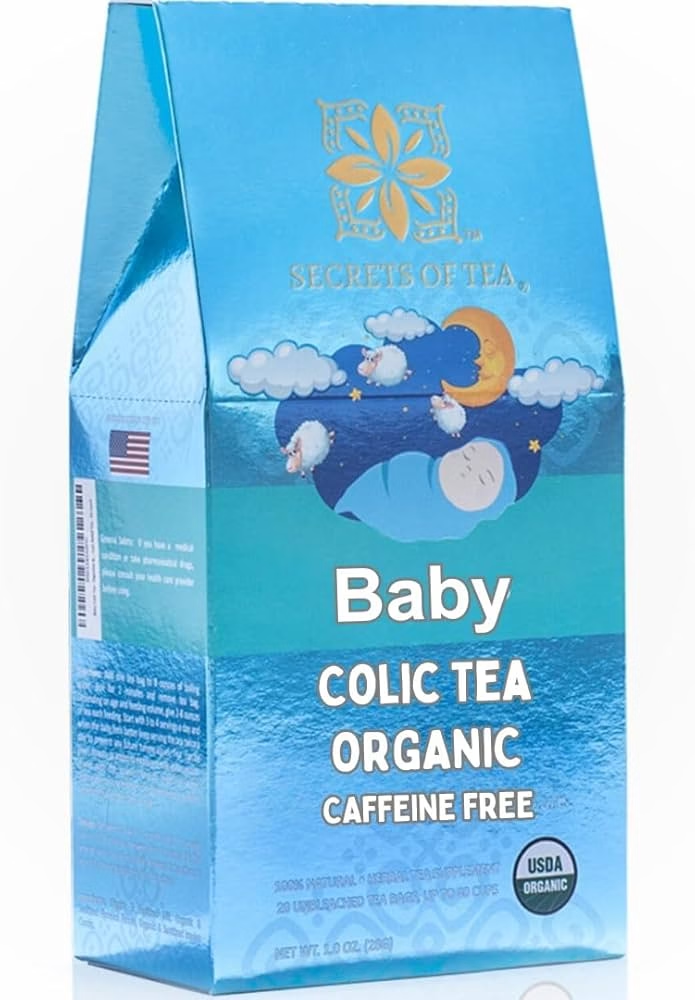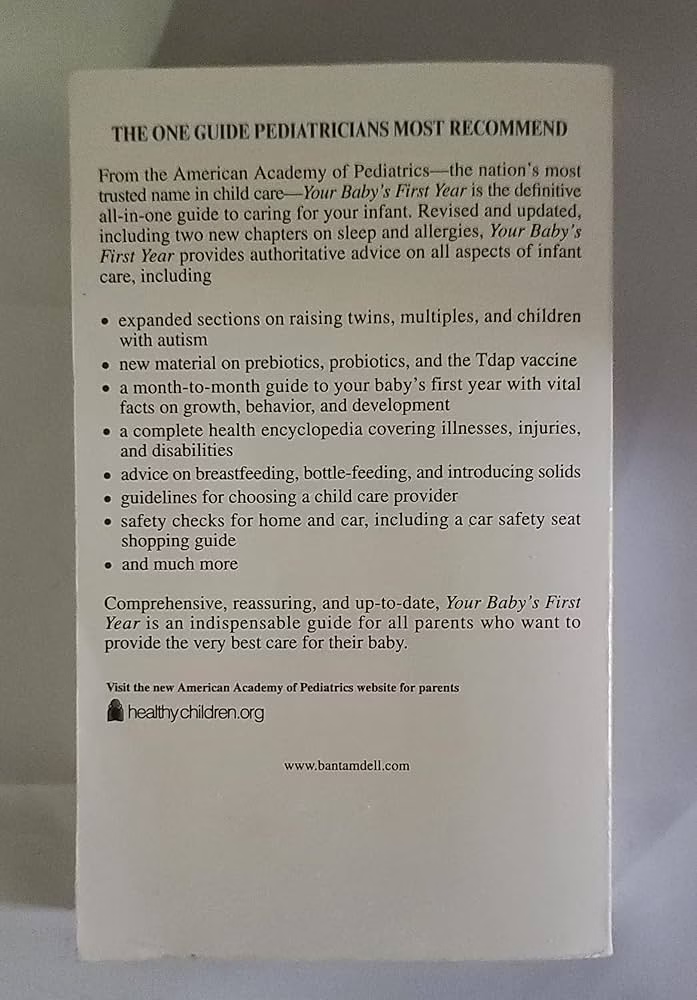Why Won’t My Baby Take a Pacifier: Soothing Secrets Revealed
Babies may refuse pacifiers due to preference, nipple confusion, or the need for comfort or food. Subtle changes like switching brands or timing may encourage acceptance.
Introducing your little one to a pacifier can sometimes feel like a battle of wills. Newborns and infants can be particular about what soothes them, and while many find comfort in pacifiers, others might fiercely reject them. This resistance can stem from a variety of reasons, such as a natural preference for thumb-sucking, hesitation due to nipple confusion if they are breastfed, or simply requiring a different form of comfort, like cuddling or feeding.
Some babies might not like the shape or texture of the pacifier, while others just need to be introduced to it at the right moment when they are calm and content. It’s essential to experiment with different pacifier types and offer it at different times to see what your baby prefers. Remember, each baby is unique, and finding the right pacifier might take a bit of trial and error.
The Great Pacifier Debate: Not All Babies Are Fans
Some parents think all babies love pacifiers, but not every infant takes to them. Reasons can vary. A baby might just be full or want a cuddle rather than suck on something. Newborns communicate primarily through crying. They may cry more to express different needs, which can be mistaken for dislike of pacifiers.
Parents might also misunderstand this refusal. They think their baby doesn’t like the pacifier. Yet the little one might not have learned to hold it in their mouth. Also, experts like the American Academy of Pediatrics suggest waiting to offer pacifiers. This should happen when breastfeeding is established. This supports better communication between baby and parent in the early stages of growth.
Common Reasons Babies Reject Pacifiers
Your baby may reject a pacifier for various reasons. One common cause is that babies often need to satisfy their hunger or seek comfort, not just suck on something. It’s essential to discern whether your little one is crying because they are hungry or just need a hug. Crying can be a baby’s way of saying they need more than a pacifier.
Another reason could be that the pacifier doesn’t fit well with their oral preferences. Babies can be picky about the size and shape of their pacifiers. It’s like how some of us prefer a soft pillow while others choose a firm one. Babies may prefer a certain shape or size which feels right to them. Observing your baby’s reactions can guide you to find the perfect match for their needs.
Timing Matters: Introducing The Pacifier
The American Academy of Pediatrics (AAP) guides new parents on pacifier use. Breastfeeding success is linked to careful pacifier timing. Experts suggest waiting several weeks before pacifier introduction. This lets breastfeeding routines set in, helping both mother and baby.
Avoid pacifiers in the first few weeks to ensure a solid breastfeeding foundation. After this initial period, introducing a pacifier should be easier. Babies also adapt better once breastfeeding is familiar to them.
Physical Challenges With Pacifiers
Some babies have low muscle tone which makes it hard for them to keep a pacifier in their mouth. Teaching them to suck can be a gentle process. First, ensure the pacifier is the right size and shape for your baby’s mouth. Begin by stimulating their suck reflex by gently touching the roof of their mouth with the pacifier. If they push it out, don’t force it. Sometimes, lightly holding the pacifier in place can encourage them to latch on. Patience is key as this may take a few attempts. Remember, it’s normal for babies to take time to learn this new skill.
Trial And Error: Finding The Right Pacifier
Not all babies will accept a pacifier right away. Babies have unique likes and dislikes, just like adults. The variety of pacifiers can impact their acceptance. Some babies prefer certain shapes, sizes, or textures in pacifiers. It is often a matter of finding the right fit for your baby’s comfort. Offering different types of pacifiers can help identify your infant’s preferences.
Keep in mind, infants have developing sensory systems. A baby’s refusal may reflect their need for a different sensory experience. Experiment with various materials and designs. For instance, some pacifiers are made to mimic the natural shape of a mother’s breast, which may be more soothing. Others feature orthodontic shapes to support oral development. By trying out different pacifiers, you increase the chance of finding one that your baby will take to.
Soothing Techniques Without A Pacifier
Babies might not like pacifiers for different reasons. Sometimes, a baby needs more than a pacifier. Offering comforting cuddles can work wonders. Spend time holding and gently rocking your baby. This can make them feel secure and loved. Physical closeness is key. It calms and reassures them without the need for a pacifier.
Try other soothing strategies like singing soft lullabies. Gently sway with your baby in your arms. Some babies prefer movement. A calming bath can help too. Also, ensure baby isn’t hungry or in need of a diaper change. These are needs cuddles can’t fix. Always look for cues for what your baby might need.
When Babies Still Refuse: Understanding And Next Steps
Respecting your baby’s preferences is crucial. Some infants might simply reject pacifiers. It’s essential to observe their cues and respond to their needs beyond pacification. Offering various shapes and sizes can sometimes help, but never force a pacifier if they continually refuse it.
Seek advice from a pediatrician if your baby is fussy or has trouble soothing without a pacifier. This could indicate feeding issues or discomfort. Medical professionals provide guidance tailored to your baby’s individual needs.
Frequently Asked Questions On Why Won’t My Baby Take A Pacifier
How Do You Soothe A Baby That Won’t Take A Pacifier?
Try different pacifier shapes and let your baby choose their favorite. Offer the pacifier when they’re calm, and dip it in breast milk or formula to encourage acceptance. Engage in soothing techniques like rocking, cuddling, and making gentle shushing sounds.
Use a swaddle to provide comfort.
Why Does My Baby Reject Pacifier?
Babies may reject pacifiers due to preference, feeling full, needing comfort, incorrect timing, or unfamiliarity with the pacifier shape.
How Do I Get My Baby To Accept A Pacifier?
To help your baby accept a pacifier, offer it when they are calm and not too hungry. Dip the pacifier in breast milk or formula to make it more enticing. Ensure it’s the right size and shape for your baby’s mouth.
Gently hold the pacifier in place or try different movements like rocking while offering it. Replace if it’s worn or damaged, and never force it; keep trying periodically.
Conclusion
Understanding your baby’s unique preferences is key when navigating pacifier usage. Some babies may simply prefer other soothing methods. Remember, each child has distinct needs, and patience is crucial. If the pacifier isn’t the answer, cuddling, singing, or rocking might be the comfort they’re reaching for.
Keep experimenting to find what works best for your little one.





